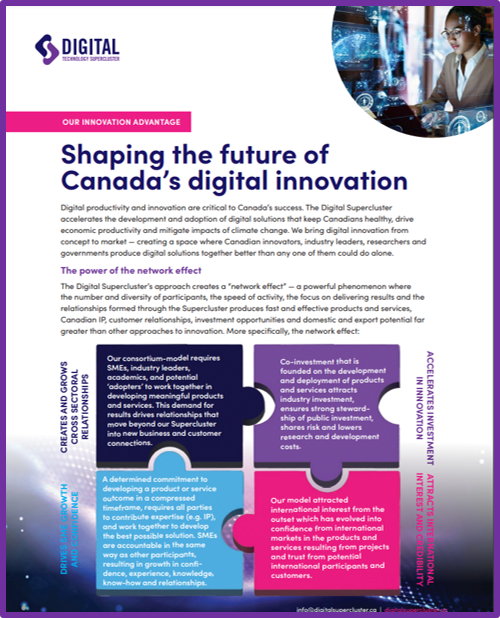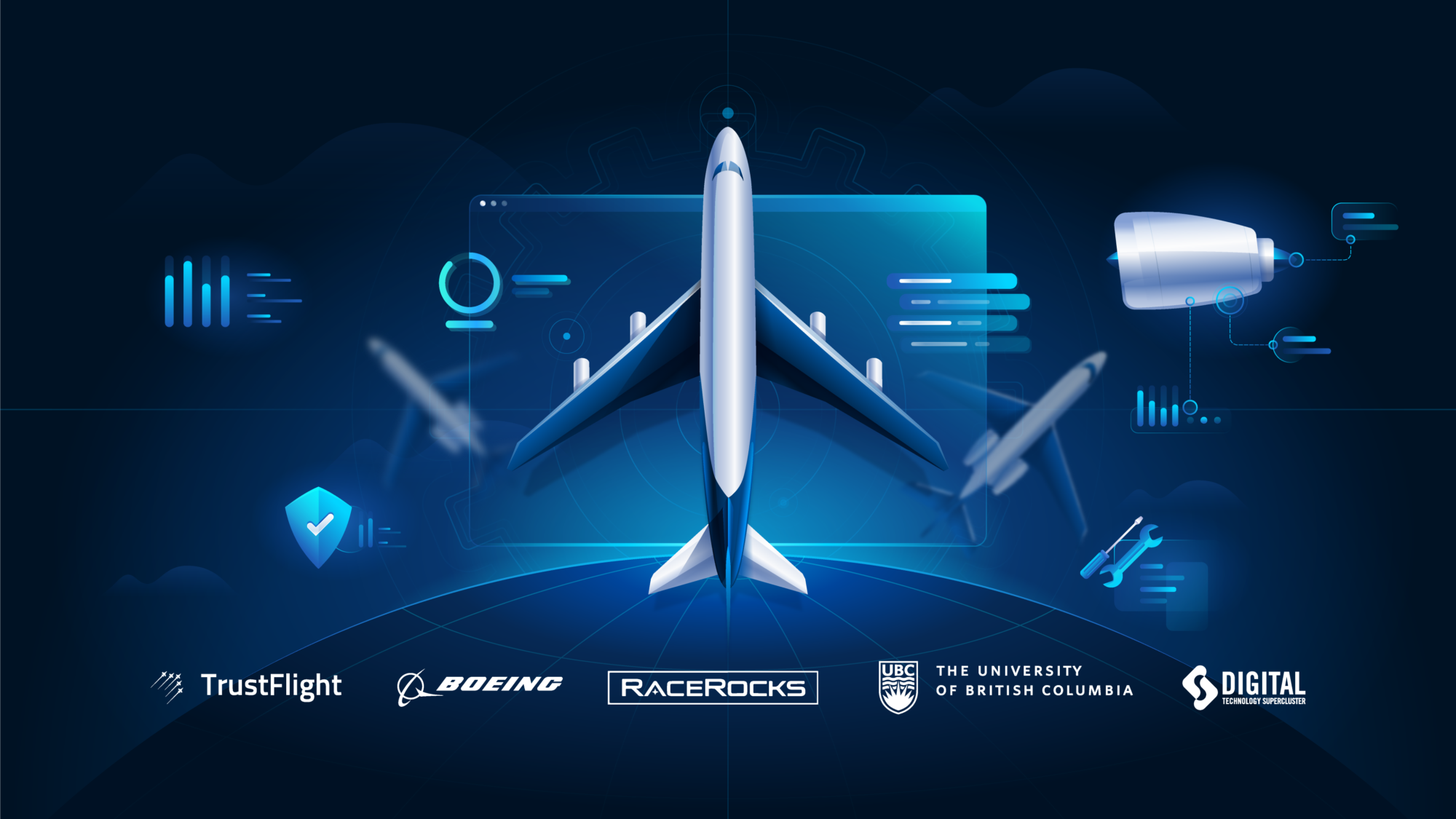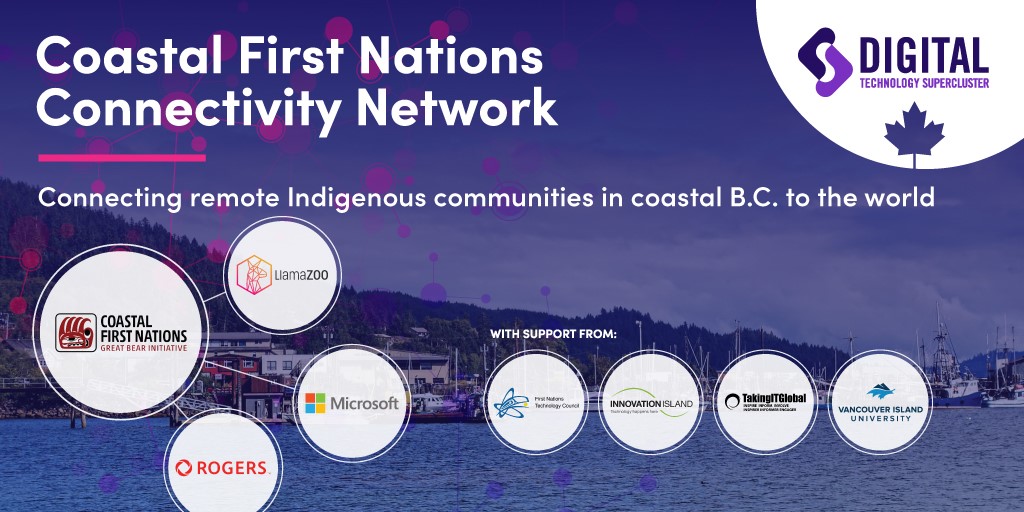These days, everybody is talking about the importance of innovation. There is a certain urge to invest in innovation, create innovation, and promote innovation coming from both the public and private sectors. The problem is that few people agree on what the umbrella term of “innovation” really means, how it is created, and how it impacts our day-to-day lives.
In the Innovation Report Card 2021 from The Conference Board of Canada, Canada ranked 11th among 16 peer countries. According to research, Canadian businesses have been underperforming in terms of innovation due to high resource prices and a reliable trade relationship with the U.S. Not only is Canada lagging behind, it actually decreased its investments in innovation during the COVID-19 pandemic, compared to universal increases across all other OECD countries.
Data shows that a solution for the Canadian innovation problem is long overdue, especially considering the accelerated digitization enforced by the pandemic restrictions. Everything we do today has a digital aspect to it, from corporate meetings to accessing health services.
We need to invent new technologies today that will solve the problems of tomorrow. No one company can do this alone. To make considerable progress, we need to encourage tight collaboration between the latest research of academia, real market needs of the industry, the ambition of startups, and the directional influence of the government. Since 2018, such cross-sector collaboration and co-investment in innovation has been the driving force behind the Digital Technology Supercluster.
An ecosystem of innovation
Innovation is all about implementing cutting-edge ideas to either introduce new solutions to the market or improve existing ones. The importance of this process cannot be overstated. Countries that don’t innovate at pace with the world become less productive, slow down their economic growth, and stall job creation. Without innovation, companies cannot compete and thrive in the free market.
The COVID-19 pandemic has shown us the stark contrast between countries that invest in innovation and those that don’t. For the former, the rapid switch to digitization meant less disruption, fewer layoffs, and a smaller hit to the GDP, whereas the latter experienced much more extreme social and economic volatility.
The effective creation of innovation requires the ongoing collaboration from various types of organizations. There has to be a pipeline that funnels the yet untested ideas of the academia to the enterprising companies that are willing to leverage these ideas to create new solutions for real-world problems. To increase the odds of successful outcomes, these ideas have to be guided by the needs of the market and, at the initial stages, supported with capital.
The Digital Technology Supercluster operates on precisely that model. We accelerate the development and adoption of digital technologies by working together with leading companies across various sectors to bring the most promising research into reality. In selecting which projects to pursue, we give preference to those that have the highest potential of improving the lives of all Canadians. Specifically, we support innovation in:
- Environmental sustainability and climate change
- Health and wellbeing
- Post-pandemic recovery
- Digital transformation of industries
- Digital skilling and capacity building
To date, we’ve invested more than $300 million in 84 projects, which are on track to generate 20,000 new jobs by 2028 and provide over $1.3 billion in additional revenue for the underlying companies.
In just a few years, our strategy has proven to be successful on multiple levels. We have:
- Realized bold and ambitious R&D ideas with a strong potential to change our lives that might not have existed otherwise
- Co-invested in nascent projects along with industry sponsors that often served as first customers and market validators
- Created an ecosystem of more than 1,000 industry partners, startups, technology partners, academia and small businesses
- Helped small and medium-sized enterprises (SMEs) grow through experience and connection, retaining 9,000 jobs throughout the COVID-19 pandemic
- Initiated more than 350 new IP assets
- Kickstarted over 130 new products and services
Our track record shows that innovation is not something that is done in a lab far away that will never see the light of day. Investing in applied R&D produces incredible results even in a short time span of a few years.
Environmental sustainability and climate change
Co-investment and collaboration efforts from the Digital Technology Supercluster are spearheading green job creation in mining and other natural resource sectors across Canada.
Using digital innovation, we work on protecting our oceans, forests, agriculture, and clean water systems. We also support projects that help Canadians adapt to climate change and reduce the environmental impact of natural resource development.
Currently, 104 organizations, 49 of which are SMEs, are involved in 12 projects made possible by $74.5 million of investments, with $31.4 million committed by the Digital Supercluster.
The Protecting Our Oceans project, for example, led by MDA Systems supports the development of the Dark Vessel Detection program, which leverages satellite monitoring, artificial intelligence, big data analytics, and data visualization techniques to identify vessels involved in illegal, unreported, and unregulated fishing.
Another example is the Forest Machine Connectivity project led by Mosaic Forest Management Corp from BC that will utilize an Industrial Internet of Things (IIoT) platform to monitor productivity and identify bottlenecks in the timber harvesting process.
Recently announced is the Earth X-Ray for Low Impact Mining project led by Ideon Technologies. This will be the world’s first earth X-ray discovery platform that can find untapped metal and mineral deposits up to one kilometer below the surface, reducing the amount of unnecessary drilling. This means less expense, and also less emissions since drill rigs generally operate on diesel fuel.
Health and wellbeing
The past two years have shown the importance of having a resilient and efficient healthcare system that works for all Canadians.
Health-related projects supported by the Digital Technology Supercluster are aimed at alleviating stress and load from the front-line workers as well as accelerating diagnostics, advancing various treatments, and expanding healthcare access to remote locations across Canada through the use of artificial intelligence (AI) and digitalization of health services.
There are 43 health and well-being projects in the Digital Technology Supercluster portfolio, involving 356 organizations (159 SMEs), supporting 1,500 direct jobs, and working on 263 new IP assets. Over $165 million have been invested, with the Supercluster providing $85.5 million in co-investments.
Projects such as Telewound Care Canada led by Swift Medical from Ontario have allowed for the development of an advanced smartphone imaging platform that patients can use to take 3D medical-grade images and share them with their healthcare provider. The project makes healthcare more accessible anywhere in Canada, including rural locations, and has resulted in a 56 percent decrease in nursing and supply costs, translating into $774 worth of savings per patient.
At the same time, DNAstack from Ontario led the Autism Sharing Initiative project to create a secure data sharing network of genomics and biomedical data. The network allows institutions worldwide to collaborate on critical genetic insights to develop more effective healthcare approaches for individuals with autism.
Post-pandemic recovery
Digital Technology Supercluster has always supported Canadian businesses in becoming more resilient and creating more robust supply chains through digital transformation. With the COVID-19 pandemic, this mandate has become even more urgent and important.
Invixium, a Toronto-based global biometric manufacturer, in partnership with Invent Canada, MARA Technologies, and Manawa, is leading the HEALTHYACCESS project, which brings together industry-leading face-recognition technologies as well as infrared thermal imaging sensors to identify potential diseases at various access points and check-in locations in workplaces, airports, stadiums, etc. This unique solution will not only assist organizations during the pandemic, but will also be ready for use in any other major crises.
FoodX Technologies, another Vancouver-based business, is leading a project called Scaling Safe Food Delivery for Canadians that is based on a Feeding Our Frontlines feasibility study, addressing food supply chain concerns during the pandemic, especially as it relates to seniors and healthcare workers. This project has created hundreds of new jobs, hiring a lot of displaced and recently unemployed workers.
Digital transformation of industries
One of the foundational directives of the Digital Technology Supercluster is bringing to life technological solutions that support the digitization of industries to improve productivity and enable accelerated growth. This includes shortening the time to market, boosting efficiencies by digitizing operations, improving cybersecurity, and ensuring more effective collaboration with a distributed and remote workforce.
There are 6 digital industry projects in the Digital Technology Supercluster portfolio, involving 58 organizations (14 SMEs), supporting more than 180 direct jobs, and working on 28 new IP assets. Over $32 million have been invested, with the Digital Supercluster providing $14.3 million in co-investments
One of our projects, Digital Aviation Record System (DARS), led by TrustFlight, in collaboration with the University of British Columbia, Boeing, and RaceRocks, is helping the aviation sector move from disconnected paper-based maintenance record keeping to efficient digital systems, which are estimated to improve airline maintenance productivity by up to 25 percent.
Food waste remains a formidable challenge. In Canada, 58 percent of the food is either lost or wasted, and one in eight families faces food insecurity. The Emergency Food Distribution Network project, led by FoodMesh out of Vancouver, aims to track surplus food using an improved food recovery software platform and connect producers to organizations that need it the most. Since the start of the project, FoodMesh helped rescue more than 16 million meals, growing by 300 percent in 2021, and encompassing 150 food stores and more than 2,500 charities.
Digital skilling and capacity building
The ultimate goal behind every project funded by the Digital Technology Supercluster is to increase the quality of life for all Canadians through various angles, from securing well-paying technology jobs to creating business growth opportunities to ensuring equal opportunities.
There are 19 digital talent and capacity building projects in the Digital Technology Supercluster portfolio, involving 130 organizations directly and connecting to a skilling ecosystem of more than 300 organizations. In total, our projects will develop digital skills for over 6000 Canadians, more than half of whom are from underrepresented groups including women, new immigrants, as well as Black, Indigenous and other racialized Canadians. Over $40 million have been invested, with the Supercluster providing $12.7 million in co-investments.
Canadian Tech Talent Accelerator, for example, led by NPower Canada provides in-demand tech skills to unemployed and underemployed youth (18 to 29 years old) from communities underrepresented in the digital economy.
Since January 2021, the project has been leveraging educational resources developed in partnership to deliver a 15-week online skills training program to 3,900 participants in Vancouver, Calgary, Toronto, and Halifax. Upon completion, students earn industry certification and receive support in finding technology positions. This is a win-win for both industry looking to close the digital skills gap, and Candians looking for equal opportunity and inclusion.
When it comes to growing Indigenous economies, the Coastal First Nations Connectivity Network and the Virtual Clean-Energy Training Platform for First Nations Communities are examples of projects that involve working directly within Indigenous communities to build digital literacy and talent skills that will help manage their broadband connectivity and grow the use of clean energy instead of diesel.
What if Canada did not have the Digital Technology Supercluster?
It is easy to assume that innovation is an innate part of any country’s development that happens regardless of the external factors. To really see the value of the innovation the Digital Technology Supercluster brings, we should imagine where Canadian innovation efforts would be without it.
The Digital Supercluster is fast tracking the development of over 130 real world solutions. Before our formation, there was no innovation environment that leveraged cross-sectoral expertise or created multi-stakeholder business relationships. Now there are 1000+ SMEs, academic institutions, not-for-profits, and industry leaders working together to develop solutions to pressing issues in industry and society.
The need for innovation and developing new ideas in Canada is so strong that the Digital Technology Supercluster was able to commit its whole fund two years ahead of schedule. The numbers speak for themselves and the impact is clear — accelerating the development and adoption of digital technologies plays a key role in growing Canadian businesses, creating a digitally skilled workforce, and positively impacting lives across the country. Canada’s ability to succeed in these areas will drive our digital advantage and the resilience and prosperity of our country. That is how we build a better Canada.
Read more about the Digital Supercluster Network Effect.
Participate in Canada’s Data Advantage Project.







